Heli-Skiing Is More Popular than Ever. Here’s Everything You Need to Know to Plan Your Adventure.
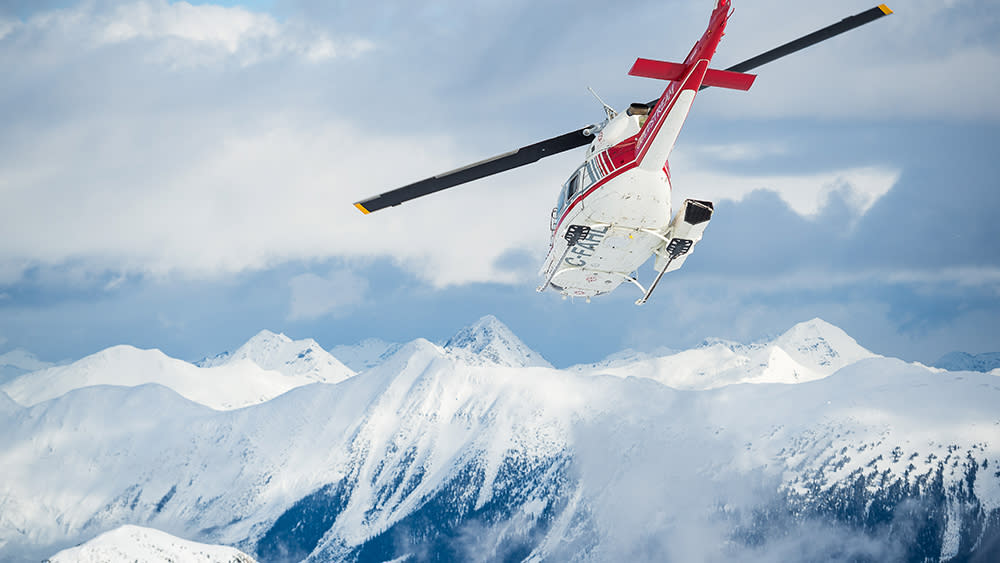
It’s no secret that heli-skiing is having a moment. Among adventure seekers, the sport’s popularity has grown exponentially over the last few years. But contrary to what you may believe, heli-skiing isn’t something solely for the elite shredders of the world. You don’t have to be a world-class athlete, able to leap out of a moving chopper, skis affixed, dropping straight into a waist-deep powder bowl. In fact, if you’re confident skiing in six inches of powder on an intermediate (or blue-square) run at your local mountain, you’ve got all the requisite skills required to have a blast heli-skiing. Surprised? Intrigued? Ready to book a trip of your own? Here’s everything you need to know about heli-skiing like a pro.
Related stories
The 5 Most Over-the-Top Hotels that Debuted in 2018
Now That You've Bought Your Plane, Here's How to Get It Home
Ski the Arctic Circle in Luxury at This Plush New Lodge in Swedish Lapland
No, You Don’t Jump from the Helicopter
Let’s start by clearing up some of those common misconceptions. While there are many opportunities and places to get into steep and deep terrain for those expert and extreme skiers and snowboarders, nearly all heli-skiing operators offer tours specifically for intermediate—even beginner—skiers. “You also should know that the helicopter always lands,” laughs Brandon Darnton, director of partnerships for Heli, a company that helps guests book the best heli-skiing options. Jumping out of a helicopter like Travis Rice in The Art of Flight never, ever happens. The helicopter sets down, then you’re able to step out and put your skis or snowboard on while safely on the ground.
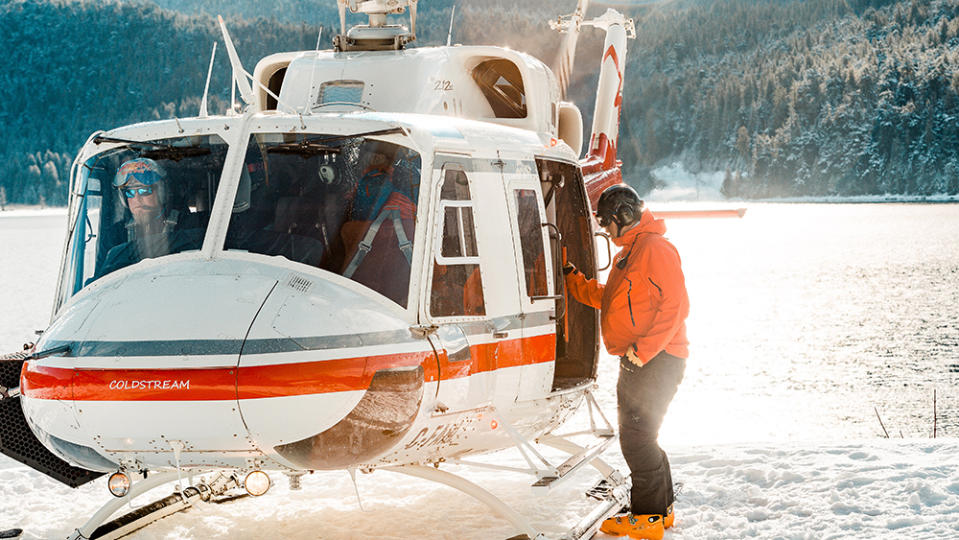
The Costs Will Depend on Your Ambition
If you’re looking to take off from a superyacht off the coast of Greenland and ski glaciers, you’ll definitely be looking at a six-figure jaunt (more on that below), but in most cases that winter family trip to Vail or Aspen will outpace a heli-ski boondoggle. “Most heli-skiing trips are all-inclusive and include five-star meals, gorgeous lodging, all your rental equipment, and sometimes spa treatments,” says Darnton, noting you should be prepared to spend between $1,000 and $2,000 per person, per day, when you’re starting out.
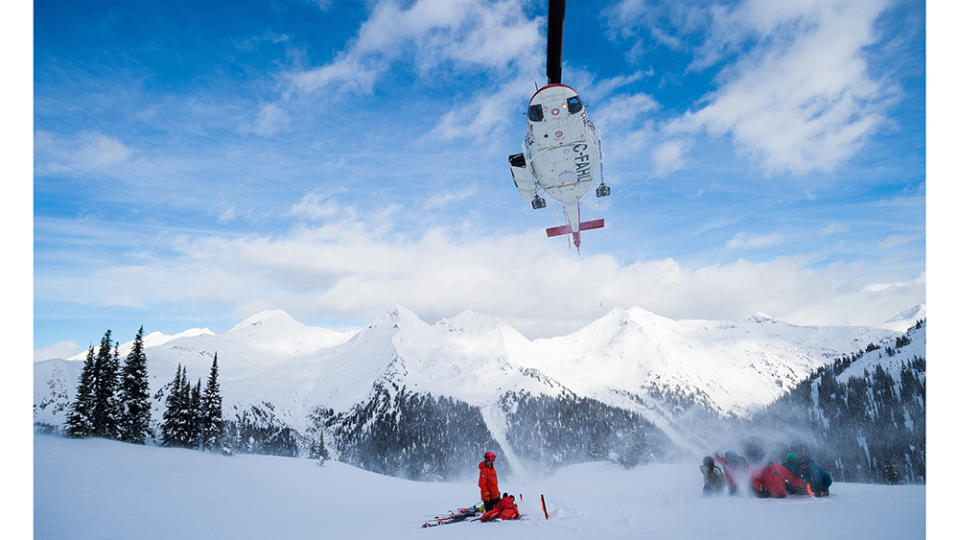
Go with Skiers on Your Level
If you’re looking to go this season, you’re likely out of luck. The lodges fill up rapidly, and the majority of 2020 bookings are already snagged, so if your preferred window is three months out or less, your options will be limited. Darnton advises that the more time you can give yourself to plan, the better. Another chief consideration, Darnton says, is the composition of your group: “Who’s coming with you? What is everyone’s skiing ability? In some spots, you’ll be in smaller groups of three or four people, so group dynamics are vital to everyone having a good time.” Similarly proficient skiers on a trip make for a better experience for everyone, so no one feels pushed beyond his or her comfort zone.
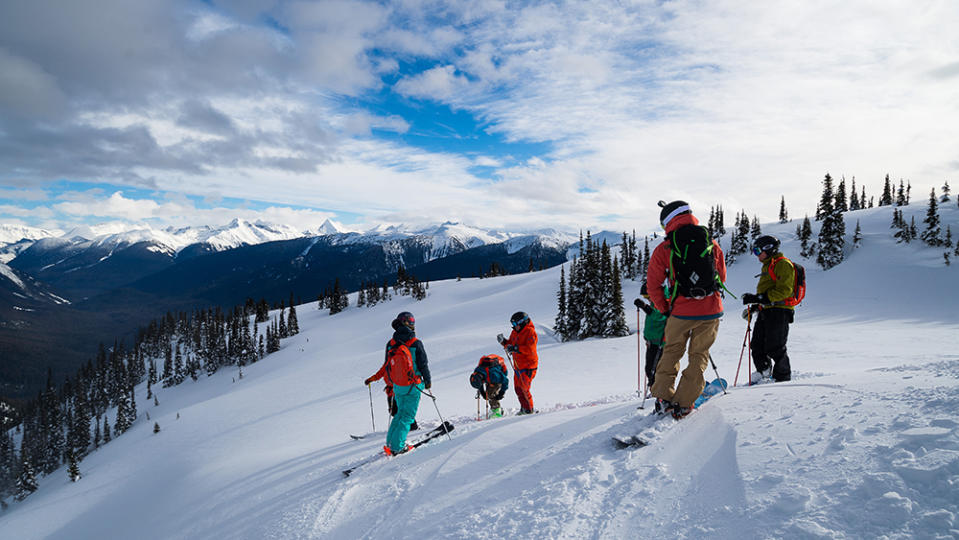
Pick Your Terrain Wisely
Next, you’ve got to pick your terrain and snow preference. Do you want to ski mellow open powder bowls or steep, tight trees? Sharp alpine spines or pillow lines at lower elevations? Europe or North America? “Skiing spring corn snow in Iceland can be equally as fun as plowing through waist-deep powder in British Columbia, but they’re vastly different experiences, so you have to decide which appeals most,” says Darnton, who’s been heli-skiing for the better part of a decade. His personal favorite spots span the globe. “I love how remote the Silvertip Lodge is in British Columbia. It’s a 40-minute helicopter ride just to reach the lodge, which overlooks a beautiful lake. I’ve had some of the best powder days of my life there,” he says, adding that the resort’s tenure—the area in which they can take guests skiing—is huge and varied, so there’s a mix of incredible tree skiing as well as serious alpine lines.
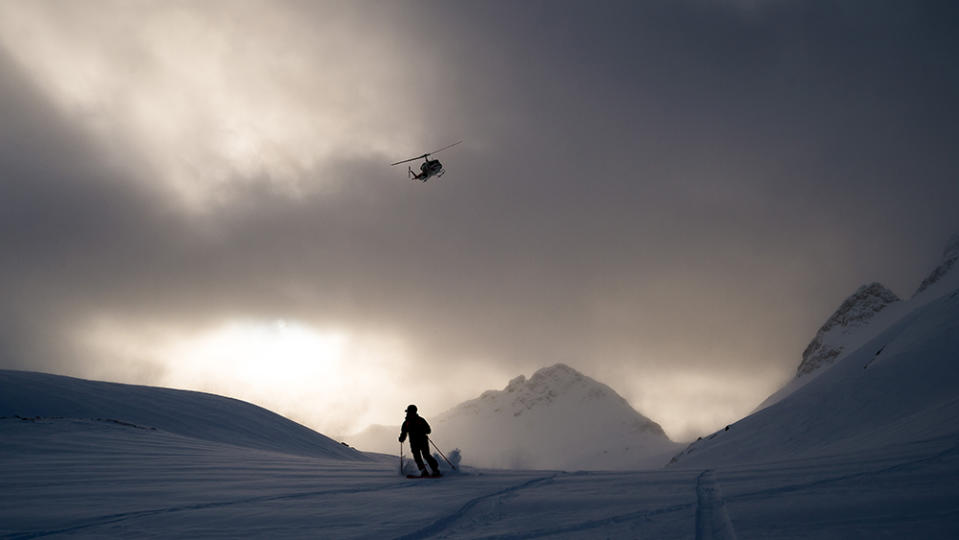
Up in Alaska (because you can’t really mention heli-skiing and not mention Alaska), Darnton recommends Tordrillo Mountain Lodge, specifically its Kings and Corn program. “That’s a combination of fly fishing and heli-skiing on the same trip,” he says. Across the Atlantic, he suggests trying Deplar Farm in Iceland. “In terms of a lodge experience, it doesn’t get any better. Also, skiing in the Arctic regions—Iceland, Greenland, Norway—is very unique and unlike anything you’ll find in Canada. The extended daylight and the ability to ski directly down to the ocean make it special.”
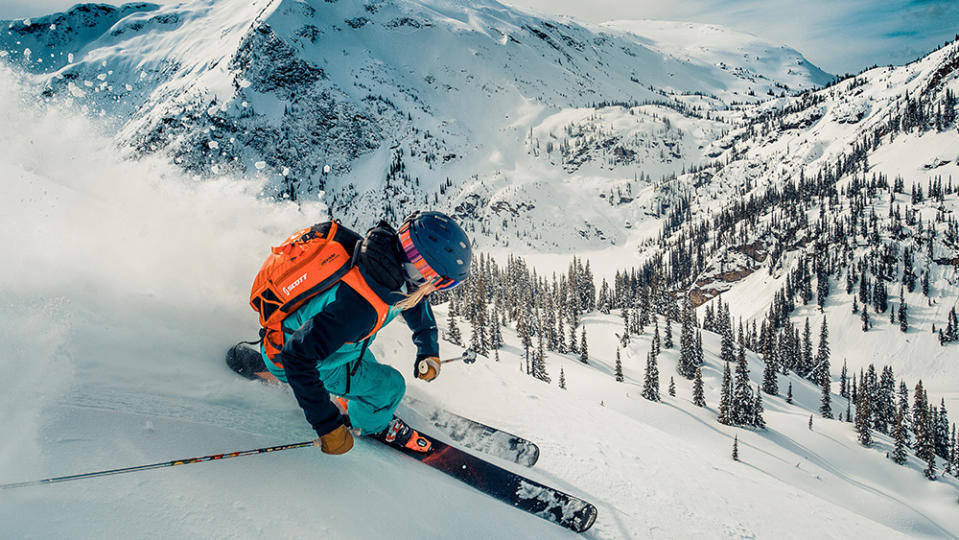
You Don’t Have to Be in Olympic Condition
One of the questions Darnton fields most frequently is about physical fitness requirements. While you can ski in any shape—and don’t have to have the lean, athletic build of a 100-days-a-year skier—as with any sporting activity, it’ll benefit you to be in good physical condition. “The helicopter eliminates all hiking, and if you’re an efficient skier, sticking within your limits, you can have a great time without having washboard abs,” Darnton says. “You also don’t need prior backcountry experience, though it would definitely help you if you did.” That said, take it easy on the five-star fare and alcohol if you want to feel your best when you step off the helicopter.
It’s No More Risky than Resort Skiing (if You Listen to Your Guide)
Another popular query is about safety. In short, it’s as safe as regular resort skiing, carrying many of the same risks. “Heli-skiing operations place safety in the highest regard. Before each ski trip, all guests are given an in-depth safety training course that covers everything from how to enter and exit a helicopter, to backcountry skiing safety, to avalanche safety and rescue procedures,” he says. Exercise common sense and caution, especially when skiing in a new area, and the single biggest thing a guest can do to mitigate risk is obey his or her guide at all times. “Your guide has years of training and experience in the mountains. Listen to everything he has to say.”
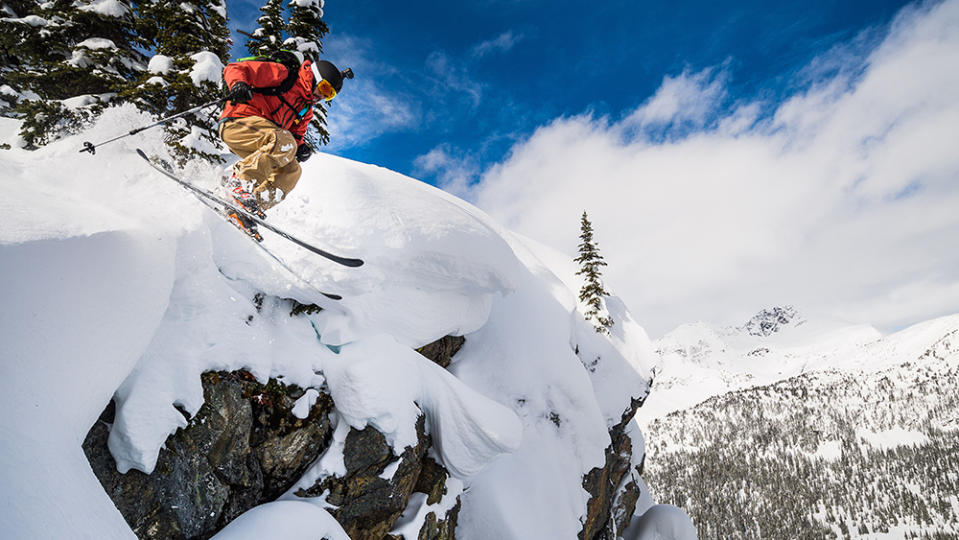
Pack Light
You likely won’t need to pack much in the way of gear, beyond your own boots and outerwear. Most of the top heli-skiing operators will have a full fleet of demo powder skis for guests to choose from and will even encourage guests to use these rather than bring their own. “Additionally, the operator will supply all needed backcountry safety gear—backpack, radios, beacon, shovel, probe, and so on. Packing lists can vary by region, time of year, and expected conditions, but your tour operator will give you a checklist,” says Darnton.
Just about Any Trip Can Be Customized—for a Price
Lastly, if you have a dream and the resources, the sky is literally the limit. “We work with a superyacht company that specializes in expedition yachts, which you use as a floating base for remote heli-skiing trips,” Darnton says. “You’re looking at a million bucks a week for that, but it’s completely custom. We also offer other custom experiences, such as touring multiple lodges in British Columbia, or flying off the roof of the W Hotel in Santiago, Chile, or even exploring remote areas that have never been skied before.” The only thing that’s off-limits is heli-skiing in Antarctica. “All skiing there has to be accessed by human-powered hiking,” he says. “We can get you on a yacht down there, but you’ll have to hike up if you want a run.”

